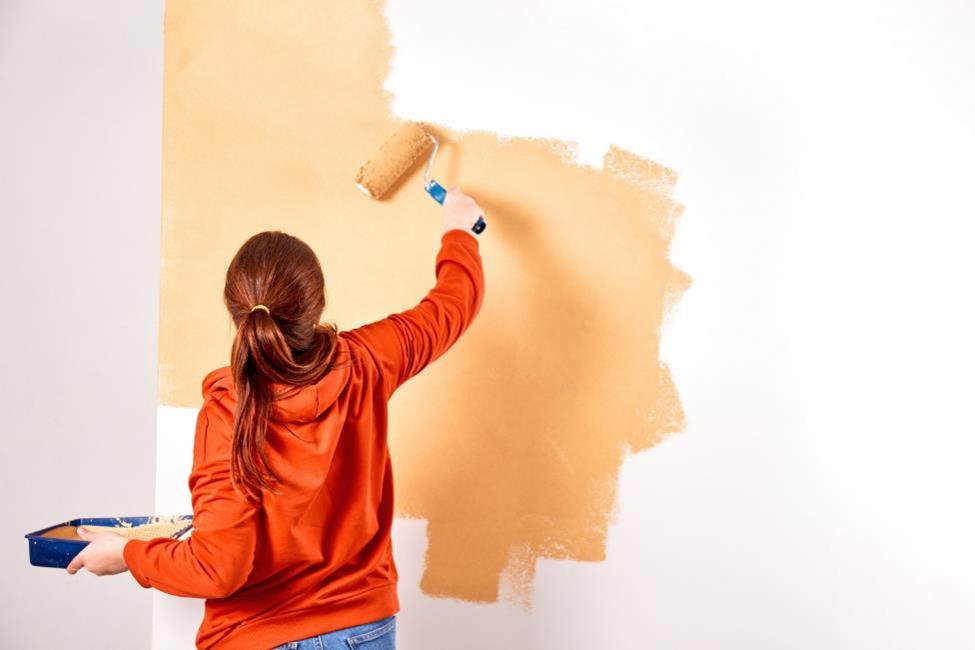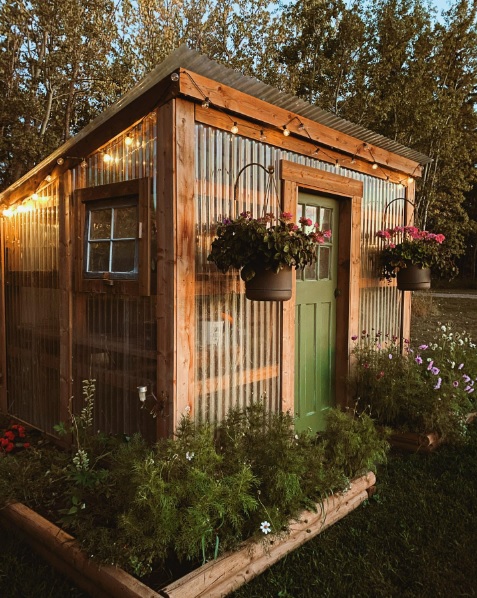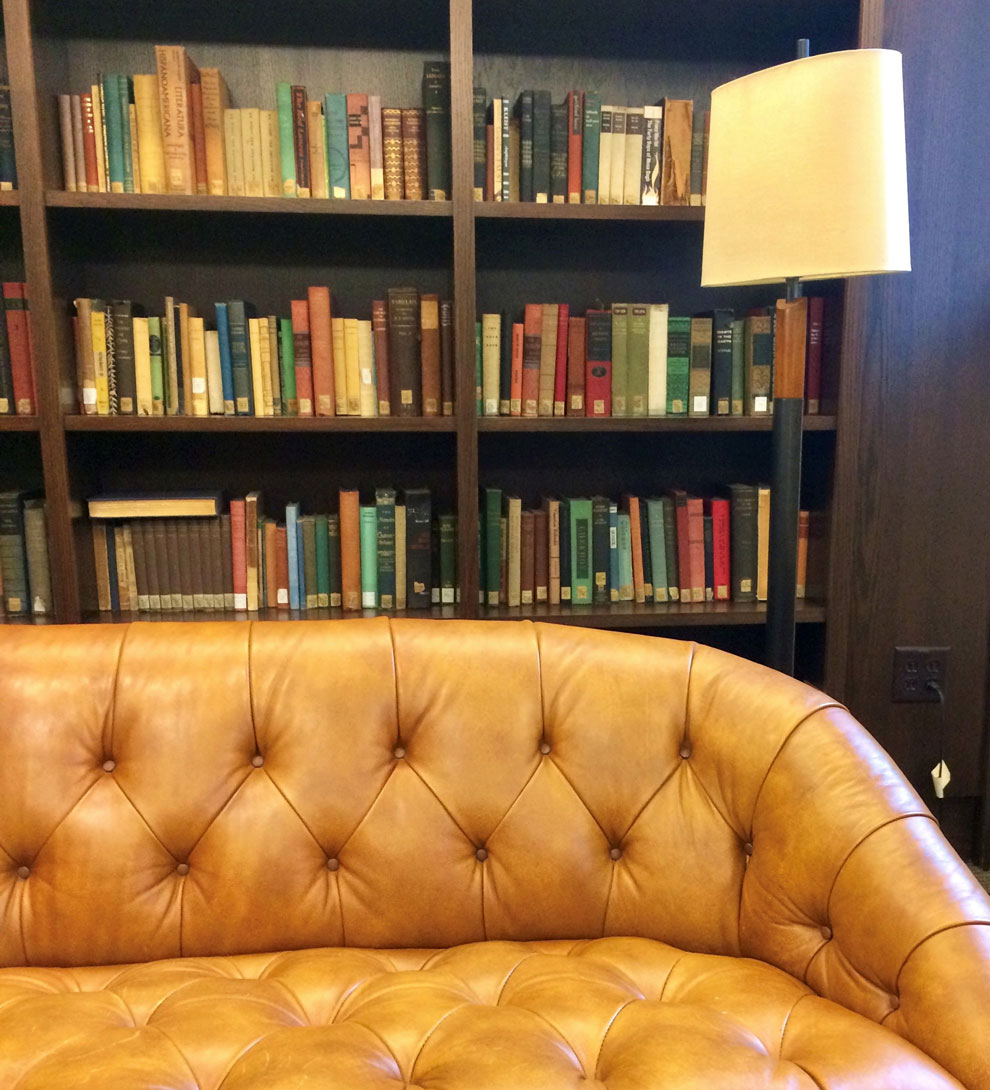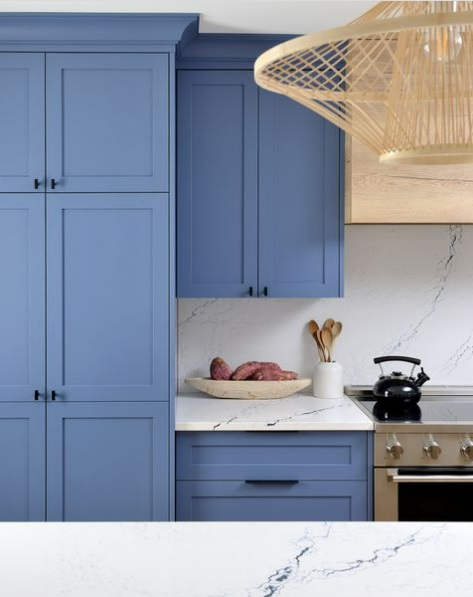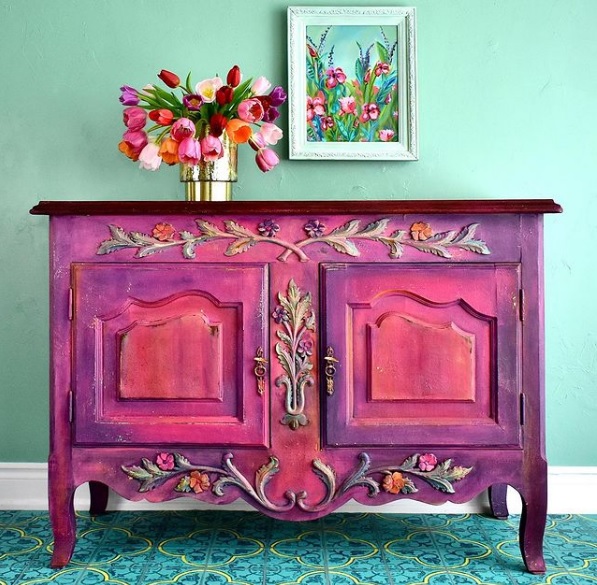Painting is one of the most cost-effective ways to completely change the look of a room. It takes time and energy, but by painting one wall (or all of them), a room’s whole mood can change. Slapping a new coat of paint on pieces of furniture can transform them and give them a new lease on life.
There’s no doubt that paint is powerful, but how do you know what kind of paint to buy? What tools do you need to pick up before you can get started on your space makeover? In this article, we’ll talk about how to choose paints, brushes, rollers, and other accessories. We’ll even look at what to do with furniture and belongings if you’re doing home decor work, whether that’s a weekend paint project or a full-scale renovation.
What kind of paint should I buy?
Most people choose latex paint to paint the walls in their homes. Latex paint is an affordable, convenient way to paint rooms because it dries relatively quickly. If you’re painting a darker wall a lighter color, you’ll want to buy a strong primer color to paint the walls first. Without a primer, the original color will bleed through.
What color should I paint my room?
Before you sit down to pick out a type of paint, it’s important to understand what kind of mood you’re going for. One of the best ways to think about choosing a color for your room is to check out pictures online. The internetis full of home decor ideas and themes, and with the right amount of research, you’ll probably get a few good ideas. If you’re not sure where to start, you might want to learn more about how colors work and what they’re supposed to mean. This is called color theory.
Color theory is a detailed art topic, but you don’t have to be an expert to choose the perfect paint for your space. Consider the following terms, which you’ll see quite a bit as you think about choosing paint:
- Primary colors, which are the colors that can be mixed to create all other colors. Primary colors are red, blue, and yellow.
- Secondary colors are the colors that you get when you mix two primary colors. Examples include green, orange, and purple.
- Hue is the variety of a color. Hues of blue include aqua, sky blue, and robin’s egg blue.
- Tone is a hue that’s produced when gray pigments are added to primary or secondary pigment. Soft tones have more gray, and bright tones have more of the secondary color.
- Tint is produced when you add white pigment to a colored pigment. Lighter tints have more white than darker tints.
- Shade is a hue produced when you add black pigment.
- Warm colors are hues of red, orange, and yellow.
- Cool colors are hues of blue, purple, or green.
Interior designers select colors and describe them based on their mood. Passive colors create calming effects and are often blues, greens, or purples. Active colors, like red, yellow, and orange, are warm and bright toned colors. Neutral colors don’t fit within the primary or secondary color families, and are often black, brown, white, gray, or cream. Some hues can be neutral even if they’re warmer colors, especially if they’re placed against a more vibrant color.
How do I choose a color scheme?
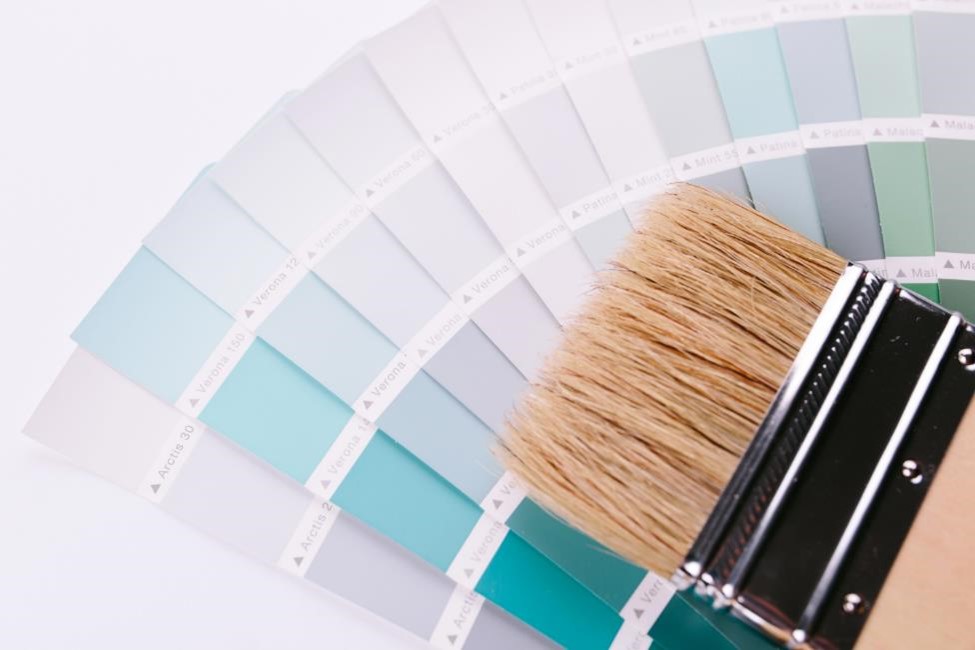
A color scheme can help plan every element of your room from furniture to rugs and walls, but it’s mainly used to determine your paint colors. The best way to pick a scheme is to keep it simple: start with three colors in your scheme. To pick one, consider the following:
- Use a color wheel to understand how color families relate to one another. Colors that complement one another are across from each other on the wheel, while colors that are similar sit next together.
- If you’re going for something monochromatic, choose different hues in the same family. Neutral colors are perfect for this.
- Bold color schemes that make use of primary colors are called triad color schemes.
- White is the most popular paint color for walls by far. It helps create the appearance of natural light and brightens up rooms.
Choosing a Paint Finish
The finish (or sheen) of a paint refers to the amount of light it reflects. Lots of light reflection appears shiny and brightens a room. Paints with a minimal finish appear smooth and make for cozy rooms. Types of paint finishes include:
- Matte paint absorbs the most light and creates a smooth appearance. Matte paints are best used for ceilings.
- Eggshell paints are low sheen paints with smooth, soft finishes. They look most like their swatch colors after drying.
- Satin paints have soft finishes and are among the most popular finishes. Satin paint finishes don’t affect the paint color’s appearance.
- Semi-gloss paints have shiny, sleek appearances and brighten rooms naturally. These paints often look darker on the wall than their swatch colors.
- High-gloss paints reflect the most light of any finish. These shiny paints are used for accents like doors, molding, and cabinets. They often look darker than their swatch colors.
The best way to hide wall imperfections is to use an eggshell or matte paint because they hide defects.
What to do Before You Paint
Before you pick up a brush to paint, test the colors in your space to make sure the desired effect is there. You can buy paint tester cans from many stores, or you can pick up a variety of swatches. Some companies even offer you the ability to order large swatches to better see what a large area might look like. Compare the paint color in different types of light and at varying times of day to make sure it looks how you want. This saves a ton of money and time.
Buy the right equipment.
If you buy one brush and a bucket of paint for a room, you’re going to have a bad time. For tall ceilings, make sure you have a good roller with a long handle. Disposable rolling trays make cleaning up after you’re done easier. Drop cloths and masking tape will protect areas you don’t want paint to get on. If you prefer to use a brush, know that there are different types of brushes—from synthetic to natural brushes—that come in different widths. A trim brush, for example, will make painting small areas and hard-to-reach corners easier.
Prep the space.
Move furniture, cover trim with painter’s tape, and clean the walls. This will help the paint adhere to surfaces you want it to cover and keep clean the ones you don’t. If you’re painting multiple rooms at once, it may make sense to rent a convenient self storage unit to help keep everything organized and in one place until the job is done.
Tips for Painting
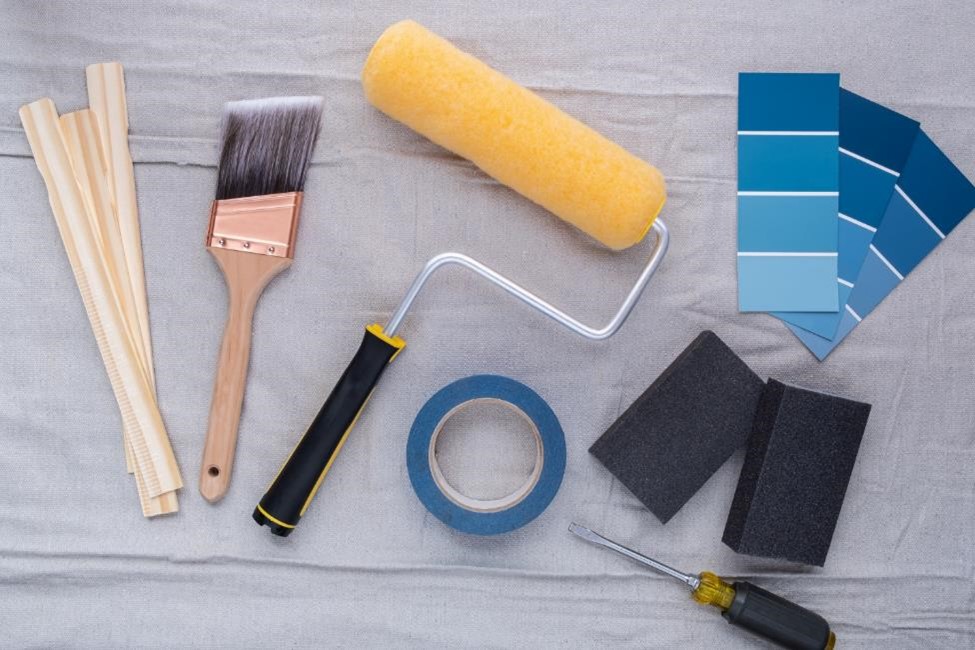
Take frequent breaks if necessary.
Unless you’re in a severe time crunch, there’s no reason to rush through painting. Do one wall or section at a time to give your arms a rest. If you have friends to help, that’s even better.
Clean brushes or keep them from drying out.
The best way to preserve your paint brushes is to wash them out at the end of a painting session, but if you still have more to paint, there’s an easy way to keep them from drying out. Place them in a freezer bag and set it in the refrigerator. This keeps the brush ready to go for the next time you need to paint a space in that same color.
How to Store Paint
When you’re finished painting, put the lid back on the can of paint and make sure it’s tight. Use a rubber mallet to tamp it down so no air leaks inside. Properly stored latex paint can last around two or three years, which is handy if you need to do touch-ups. Put paint in a cool, dry area. Make sure it’s out of reach from children.
Trust Self Storage to Help You Stay Organized During Your Paint Project
Whether you’re painting several rooms as preparation for selling your home or just repurposing a space for a new hobby or office, one of the best ways to prepare for painting is to place that room’s contents into storage. Prime Storage can help answer your storage questions and offer you solutions that make sense for your needs. Visit your nearest storage facility today to learn how we can simplify the process of moving, remodeling, painting, and more.
